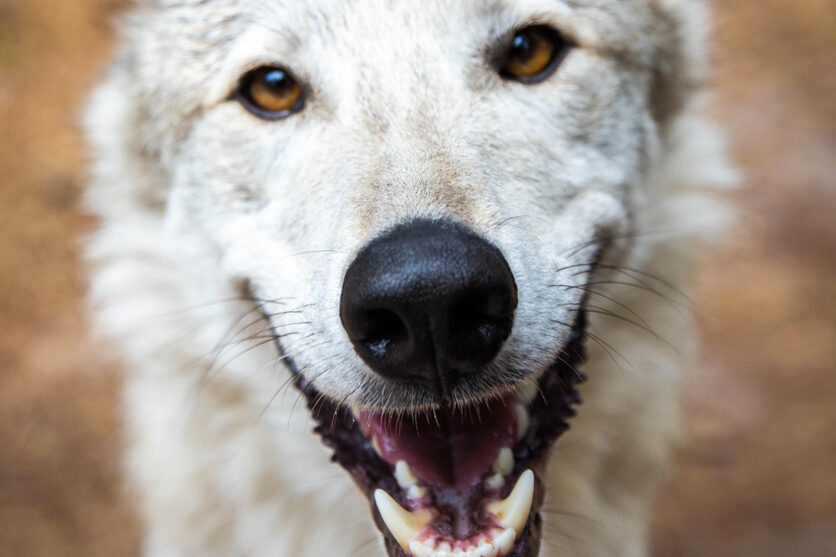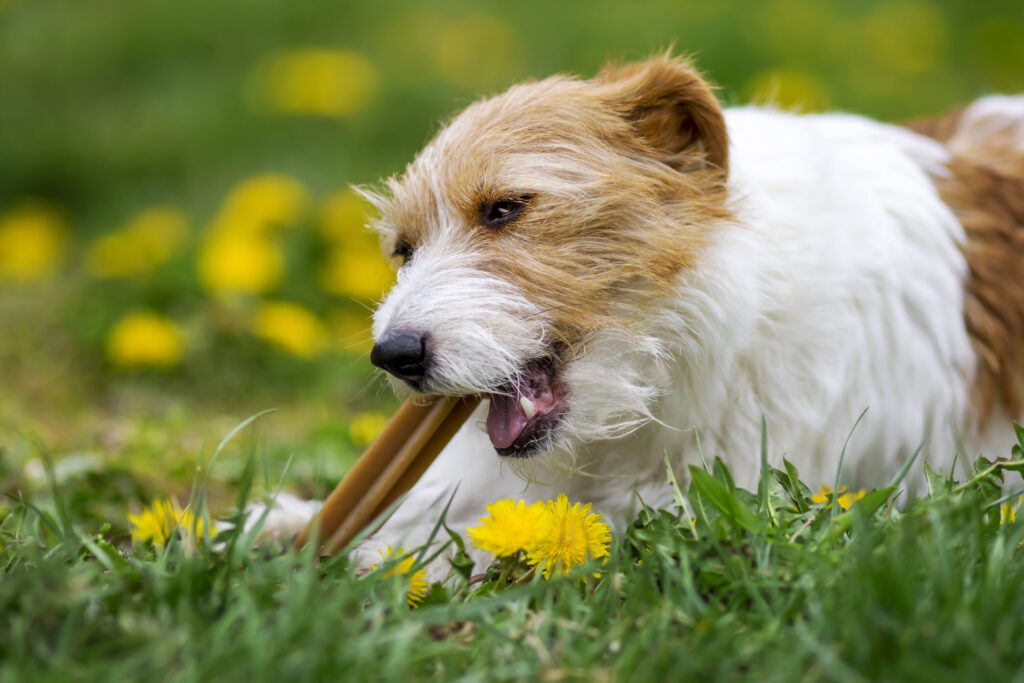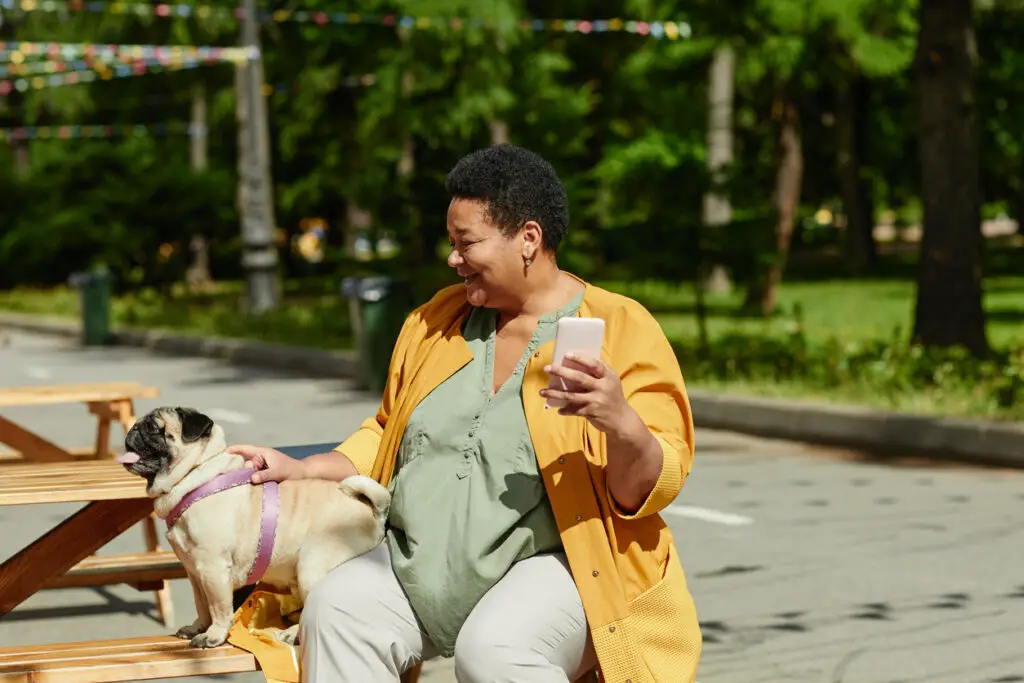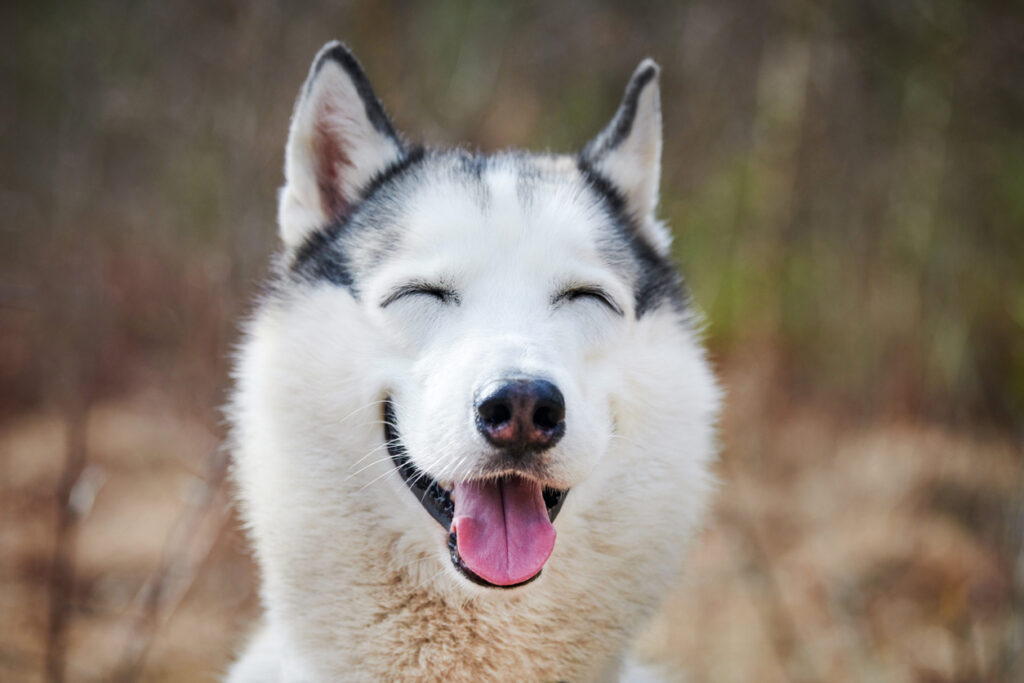Are Dogs Really Smiling?

You walk in, and there it is—that goofy, tongue-out grin from your dog. Is it real joy or just dramatic panting? Scientists say it might actually be happiness. Dogs have facial muscles like ours, and their “smiles” often show up when they feel safe and relaxed—especially around their favorite humans.
Some breeds, like Golden Retrievers and Pit Bulls, are known for their grins. And some experts think dogs might even be copying our expressions. If that’s true, they’re not just cute—they’re emotional geniuses.
Copycat Canines

Dogs don’t just read our emotions—they might copy them too. Scientists say dogs can mirror our facial expressions, like smiling back when we’re happy. It’s not just cute; it’s a sign of their deep bond with us.
One study found that dogs often “smile” when their humans do, showing how closely they’ve adapted to our emotions. And if sharing your joy means more belly rubs and treats? They’re all in—possibly feeling real happiness themselves.
4o
Smiling = Pure Joy

Ever seen your dog race around with a big, goofy grin after fetch? That’s real happiness. Studies show that when dogs see someone they love, their brains light up—just like ours do when we’re happy. Experts say dogs don’t just show joy—they truly feel it.
Some believe a dog’s “smile” comes from relaxed muscles when they feel safe and calm. Familiar smells and voices make it even more likely. And while their wild ancestors used expressions for survival, today’s pups flash those grins as a sign of pure love.
Wolves Did It First

Before dogs became our goofy best friends, their wolf ancestors used “smiles” to show submission—not happiness. It was their way of saying, “I’m not a threat,” to keep peace in the pack.
As dogs became domesticated, they adapted this look to connect with humans. What started as a survival signal turned into a friendly expression. And since smiling dogs get more love and treats, it’s no wonder they’ve kept it up—especially if we’ve been rewarding it without even knowing.
Humans Reward Dog Smiles

Think about what happens when your dog flashes you that adorable, open-mouthed grin. Do you smile back? Do you shower them with attention? Maybe even hand over a tasty treat? Congratulations—you’ve just reinforced the behavior. Whether we realize it or not, we’ve been training dogs to “smile” for centuries simply by responding positively when they do. This unconscious reinforcement has likely contributed to the development of even more expressive canine companions over time. It’s fascinating to think that our affection and reactions could have subtly shaped the way dogs use their facial expressions.
Some trainers even teach dogs to smile on command by rewarding them when they naturally display the behavior. Over time, the dog associates the action with good things, leading to spontaneous happy faces. In many cases, dogs begin offering their “smile” more frequently as a way to earn affection or goodies. But beyond our influence, there’s another reason dogs might be smiling—it could be hardwired into their biology.
The Science of Canine Happiness

Neuroscientists studying dogs have found that their brains release oxytocin—the same “love hormone” that bonds humans together—when interacting with their favorite people. This means that your dog isn’t just pretending to be happy; they’re actually experiencing the warm, fuzzy feelings that come with genuine joy. This chemical reaction helps explain why dogs and their owners often form such deep emotional bonds. What’s even more impressive is that the oxytocin boost is mutual, meaning that when your dog is happy, you feel happier too.
In fact, MRI scans of dogs’ brains show increased activity in areas linked to pleasure when they see their owners. This suggests that their smiles might not just be a reaction to us—they could be a direct result of their own happiness. But what about those dogs that always seem to have a goofy grin, even when nothing exciting is happening?
Some Breeds Smile More Than Others

Ever noticed that certain dogs seem to “smile” more often than others? That’s because some breeds, particularly those bred for companionship, have facial structures that naturally create a happy expression. Golden Retrievers, Cocker Spaniels, and Samoyeds, for example, often appear to be smiling simply because of the shape of their mouths and the way their fur frames their faces. These breeds also tend to be more sociable, which could make them more inclined to display friendly expressions. Interestingly, this trait may have been unconsciously selected for over generations, as humans favored dogs that appeared more expressive and affectionate.
But even within the same breed, some dogs are naturally more expressive than others. Some pups might use their “smiles” as a way to seek attention, while others might only display them in moments of true joy. Environmental factors like positive reinforcement, human interaction, and safe surroundings also play a big role in how frequently these expressions appear. And speaking of attention—what if your dog’s smile is actually a form of social bonding?
Smiling Strengthens Your Bond

Dogs are social creatures, and their ability to form deep connections with humans is one of the reasons we love them so much. When your dog smiles, they might not just be expressing happiness—they could also be strengthening their bond with you. Eye contact, facial expressions, and even synchronized movements are all ways that dogs and their humans communicate on a deep, emotional level. This kind of connection may even have played a role in the domestication of dogs thousands of years ago. Some researchers suggest that this interspecies communication is one of the key reasons why dogs have remained our loyal companions for so long.
Some researchers believe that when a dog smiles at their owner, it triggers a positive feedback loop—humans respond with affection, which makes the dog happier, which leads to more smiling. It’s a cycle of joy that reinforces the special connection between humans and dogs. So, the next time your furry friend grins at you, know this: whether it’s learned, instinctive, or a genuine expression of happiness, it’s their way of saying, “You make me happy.”


